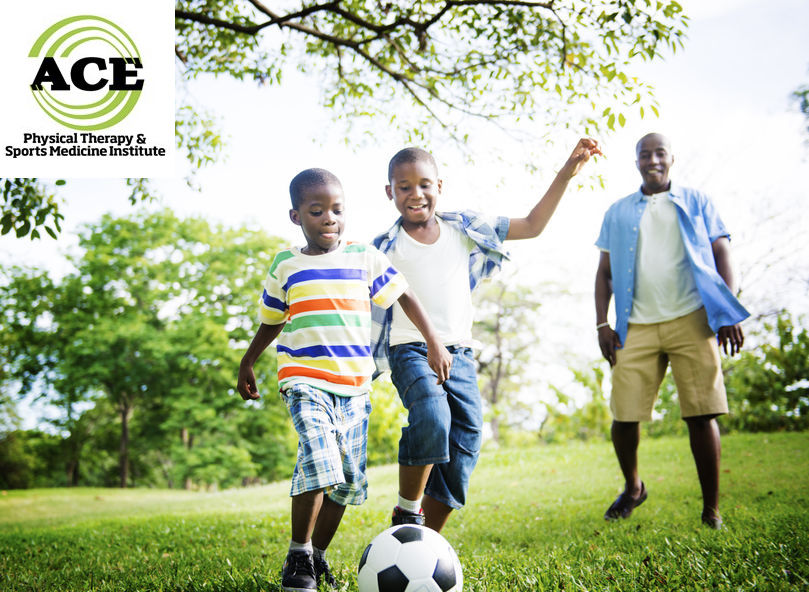INTERESTING FACTS ABOUT EXERCISE

When people begin consistently exercising, they experience all kinds of benefits like more energy, clearer thinking, improved sleep, and better moods. At the same time, people hear all sorts of advice, tips, and techniques related to various forms of fitness. If you are focusing on specific goals, it is important that you use proper techniques and routines, thus it’s important to sort fact from myth in the various tips passed around the exercising community. Here are a variety of statements people make about exercise with appropriate responses from Physical Therapists.
Do more crunches for flat abs
Actually, crunches and other “sit up” exercises do not burn a lot of calories. If you want flat abs, the fat on the abdominal wall must be at a minimum and the muscle structure must be well developed.
Strength training in runners is not a good idea
Running can be catabolic and actually “break down” tissue. No one should participate in the same activity/routine all of the time. Cross training is much better for the musculoskeletal system. As a result, strength or resistance training is a great idea for runners.
Muscle burns more calories
It is true that pound of muscle burns 3x the number of calories that a pound of fat burns during exercise.
Exercise improves your brain
Cardiovascular exercise stimulates the health of your brain by improving brain power and activity. Your memory and learning capabilities are also improved.
Young children should not lift weights
Actually, children can benefit from a structured resistance/weight training program. The focus on should be to teach children the proper form of the different exercises, and they should not expect to see huge muscle development until they reach puberty.

Exercise helps you to live longer and healthier
For every 1 hour of aerobic exercise you do, you add 2 hours to your life span and your general health improves to enhance the quality of your life.
Aerobic exercise offers a variety of benefits
Regular aerobic exercise can stimulate brain health, higher levels of HDL (good cholesterol), relieve depression, and prevent some forms of cancer.
People walk a lot of steps over the course of a lifetime
By the time the average person reaches 50 years of age they will have walked nearly 75,000 miles.
Running adds a load to your legs
When running, you land on each foot with an average of 3-4x your body weight. This total can be as great as 7-8x your body weight when sprinting down hill.
Exercise can increase your independence as you age
Performing a regular strength developing exercise routine helps to keep you strong, reduces your “fall risk,” and allows for independence as you age.
What is the best way to “burn” fat
To target “fat burn” you need to maintain your heart rate around 60-65% of your maximum heart rate for > 30 minutes per workout.
Post exercise muscle soreness has very little to do with lactic acid
Aggressive workouts can cause muscle soreness 24-48 hours post exercise routine. This soreness is due mainly to individual muscle cell swelling and not lactic acid
Pre-event stretching can reduce power
Pre-event static stretching has been proven to be nearly useless and can cause a reduction in power output.
Exercise of any kind is a good thing. Being dedicated and consistent to an exercise program can help you live a productive life that is healthy and one of high quality.

























This was a nice and simple blog post on something that we should encouraging all of our patients to do, which is exercise. I liked the first couple of statements because they helped clear up some common misconceptions. For instance, runners are a population that need to make sure that they have incorporate strength training regimen into their weekly training. The repetitiveness of running puts runners at risk of overuse injuries like stress fractures, so it is key that runners build up strength through strength training to allow their bodies to better handle all the running they do. I also liked the couple of statements about the benefits of exercise which is something we should be educating our patients about.